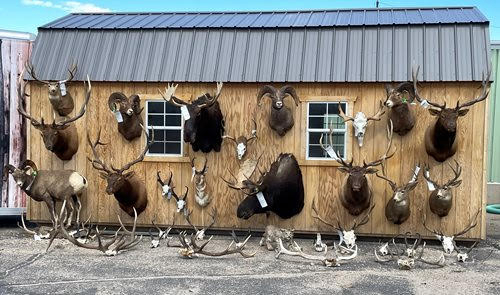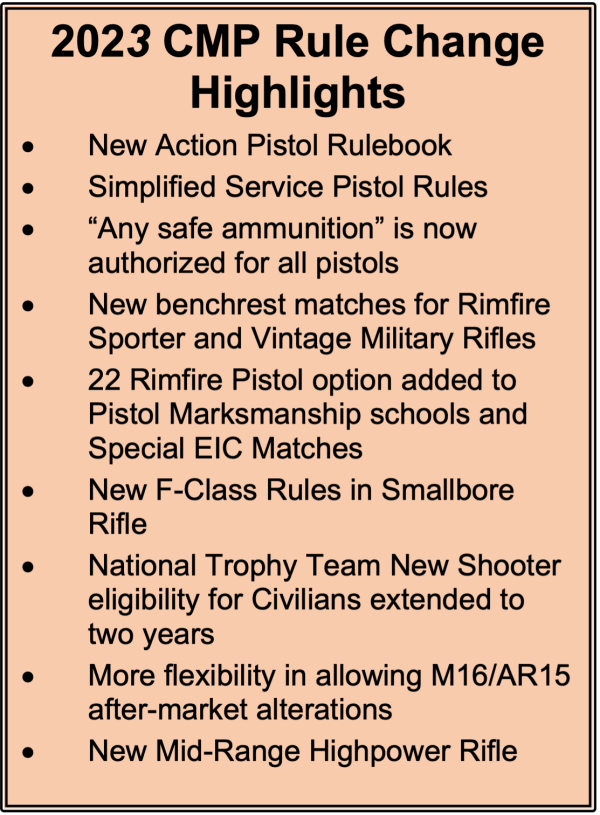Users-Pay to Support Michigan Pheasant System
By Glen Wunderlich
Charter Member Professional Outdoor Media Association (POMA)
Recalling a Michigan pheasant hunt in the ‘70s on a farm in Chelsea, it was big-time fun! We donned our orange jackets and made sure our hunting licenses were secured on our backs and at the crack of the official starting time of 10am on October 20th off we went into the standing corn. The anticipation was similar to that of opening day of deer season and for good reason: Success was inevitable.
The colorful game birds may not have been as plentiful as they were in the ‘50s, but pheasant numbers were substantial enough to motivate hunters to hit the fields. In fact, schools were closed on opening day and up to one million pheasants were taken per year. More recently, however, with habitat loss and the older generation fading from the throng of licensees, the take has tumbled to less than 60,000 roosters annually.
To get sustainable numbers of wild pheasants, Michigan needs large-scale habitat restoration at various levels. The operative word here is wild, because pen-raised birds do not fare well, as we have learned from failed turkey experiments years ago. It’s all about habitat.
In the meantime, a new Michigan pheasant hunting license, now available for purchase, will generate funds for a pheasant release program.
The $25 license is required for anyone 18 and older who plans to hunt pheasants on any public land in the Lower Peninsula or on lands enrolled in the Hunting Access Program. Private-land pheasant hunters statewide and hunters on public lands in the Upper Peninsula do not need the pheasant license. Additionally, lifetime license holders, hunters 17 and younger, and those hunting pheasants only at a game bird hunting preserve do not need the pheasant license.
“The new public-land pheasant hunting license will provide funding to continue a pilot pheasant release program that was conducted in 2019,” said Sara Thompson, Michigan Department of Natural Resources Wildlife Division Species Management Unit supervisor. “The pilot program was very popular with participants, especially among new hunters who were able to harvest a bird for the first time.”
Passed by the Michigan Legislature in 2020, the new law requiring the public-land pheasant hunting license has a sunset date of Jan. 1, 2026.
The license is on sale now at Michigan.gov/DNRLicenses or over the counter at license retailers. Hunters must have a 2021 base license to purchase the 2021 pheasant license.
Money from the new license will be placed into an account to be used only for the purchase and release of live pheasants on state-owned public lands with suitable pheasant habitat. Releases will be conducted during the regular pheasant season, which runs from mid-October through mid-November.
Pheasants are expected to be released at the following state game areas in 2021:
- Cornish (Cass County)
- Crow Island (Bay and Saginaw counties)
- Erie (Monroe County)
- Lapeer (Lapeer County)
- Leidy Lake (St. Joseph County)
- Pinconning Township (Bay County)
- Pointe Mouillee (Monroe and Wayne counties)
- Rose Lake (Clinton and Shiawassee counties)
- St Johns Marsh (St. Clair County)
The free pheasant endorsement required in 2019 and 2020 has been discontinued and is no longer required for hunters pursuing pheasants.
Information about pheasant hunting regulations and season dates will be in the 2021 Hunting Digest, which will be available around July 1 at license agents and online at Michigan.gov/DNRDigests.
The good ol’ days may be behind us, but the new user-pays system is sure to provide hunters a taste of what it was like.






